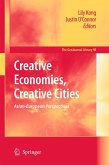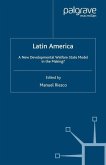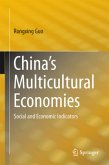Nearly forty years after passage of the 1965 Voting Rights Act, a fundamental question remains unanswered: although all citizens have an equal right to the ballot, do all citizens enjoy equal access to the ballot box? More specifically, are voting precincts in predominantly low-income and non-white neighborhoods less visible, less stable,harder to find, and more difficult to navigate than are precincts in high-income andpredominantly white neighborhoods? If so, do such lower levels of accessibility result inlower levels of voting, all other things being equal? To investigate this important issue, scholars in cities across the United States participated in a precinct quality study during the November 2004 election. A similar 30-item check list was employed in each of the cities to gauge precinct quality and accessibility. This volume brings together the results and discusses the intricacies of precinct quality in many of America's largest cities. While Congress has consideredstandardizing the voting process in all fifty states, the results of this study indicate that vast differences in polling place quality exist not only between but also within cities. More specifically, the analysis reveals that the quality of polling places varies across the diverse neighborhoods of America and that precinct quality affects voter turnout. Low-income and minority communities tend to have lower quality precincts, which tend to depress already low levels of electoral participation.
Bitte wählen Sie Ihr Anliegen aus.
Rechnungen
Retourenschein anfordern
Bestellstatus
Storno








